In our efficiency-obsessed world, we often optimize for speed rather than experience, choosing highways over backroads and direct flights over meandering journeys. Yet some destinations reveal their true magic only to those who deliberately choose the slower path, the winding road, or the multi-day approach. These places offer special rewards for travelers willing to embrace the journey itself—unexpected vistas, authentic cultural encounters, and natural wonders undetectable to those who arrive by more conventional means.
Here is a list of 20 remarkable destinations that truly shine when approached via the scenic route, proving that how you travel can matter just as much as where you go.
Big Sur, California
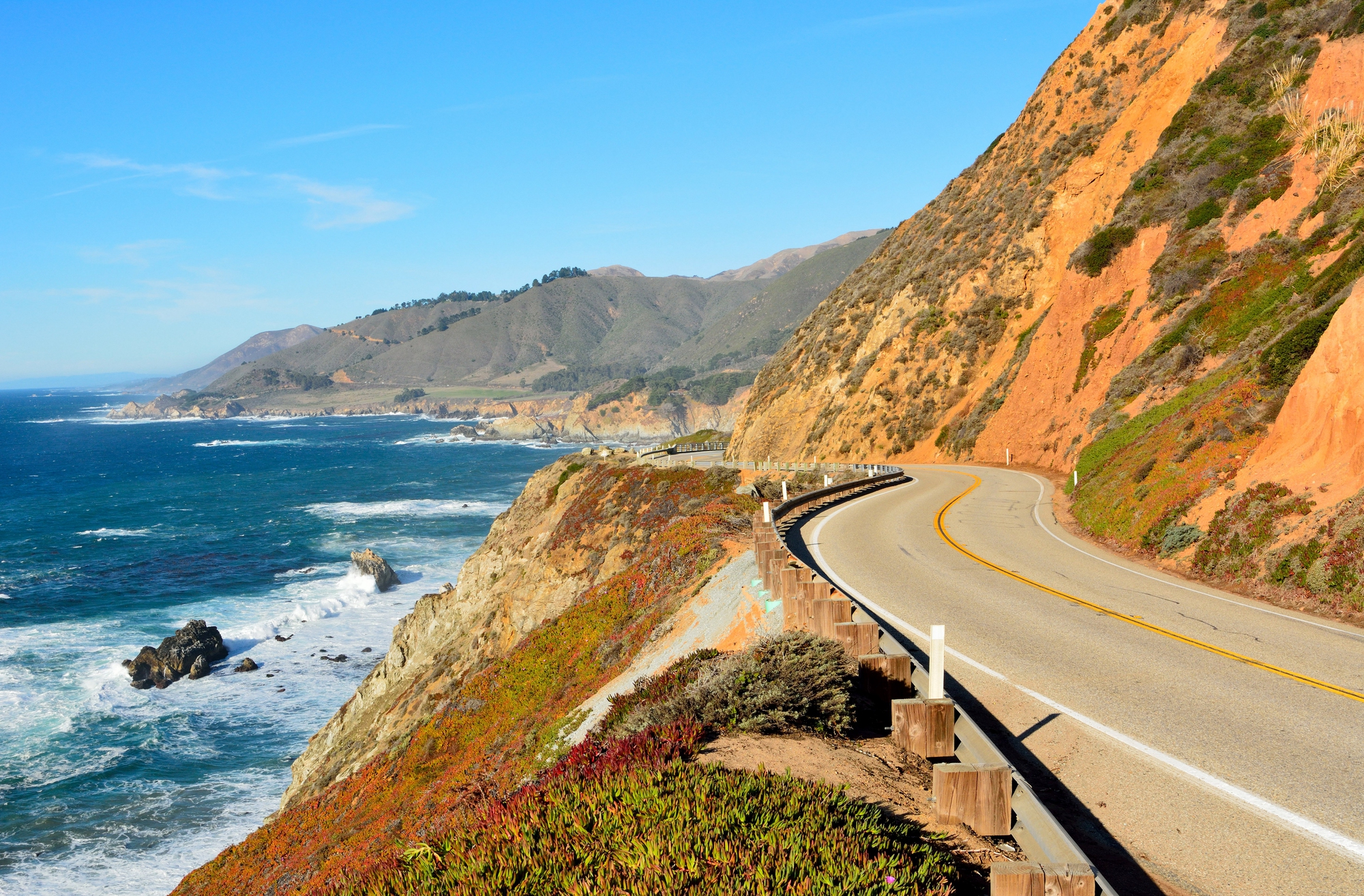
Cliff-hugging Highway 1 transforms what could be a quick trip between San Francisco and Los Angeles into one of North America’s most spectacular coastal journeys. Dramatic bridges span ravines where waterfalls plunge directly into the Pacific, while turnouts reveal views of waves crashing against jagged shorelines far below.
The slow pace enforced by narrow winding roads allows time to spot migrating whales, explore hidden beaches, and discover roadside stands selling local produce from farms tucked into nearby valleys.
Amalfi Coast, Italy
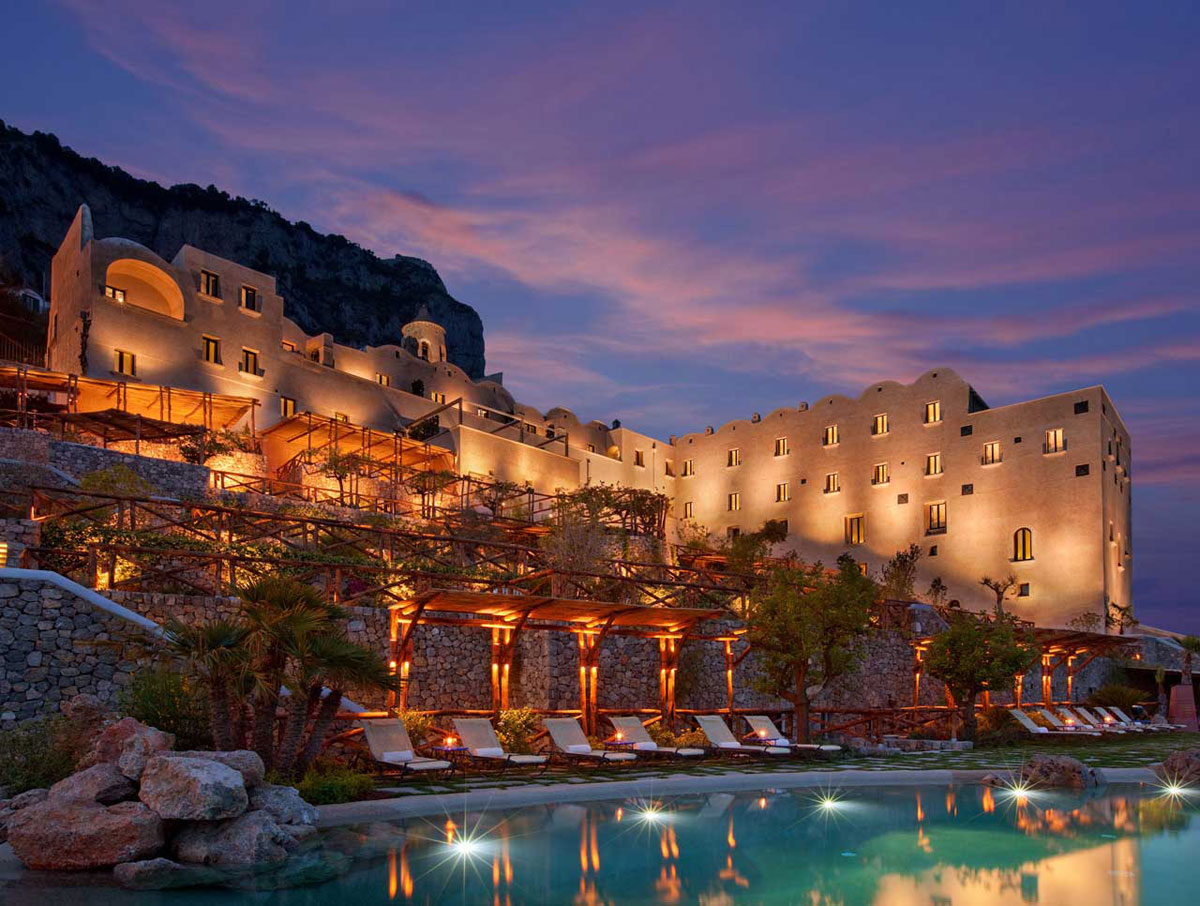
Ancient mule paths connecting hilltop villages offer perspectives impossible to experience from the famously overcrowded coastal road or from arriving cruise ships. Lemon groves and terraced vineyards stretch toward the Mediterranean on slopes too steep for modern transportation, accessible only to those willing to climb stone stairways that locals have used for centuries.
The reward comes in panoramic vistas across the azure sea, encounters with farmers tending their land, and arriving at villages from above, the approach that showcases their historic architecture to perfect advantage.
Like Travel Pug’s content? Follow us on MSN.
Milford Sound, New Zealand
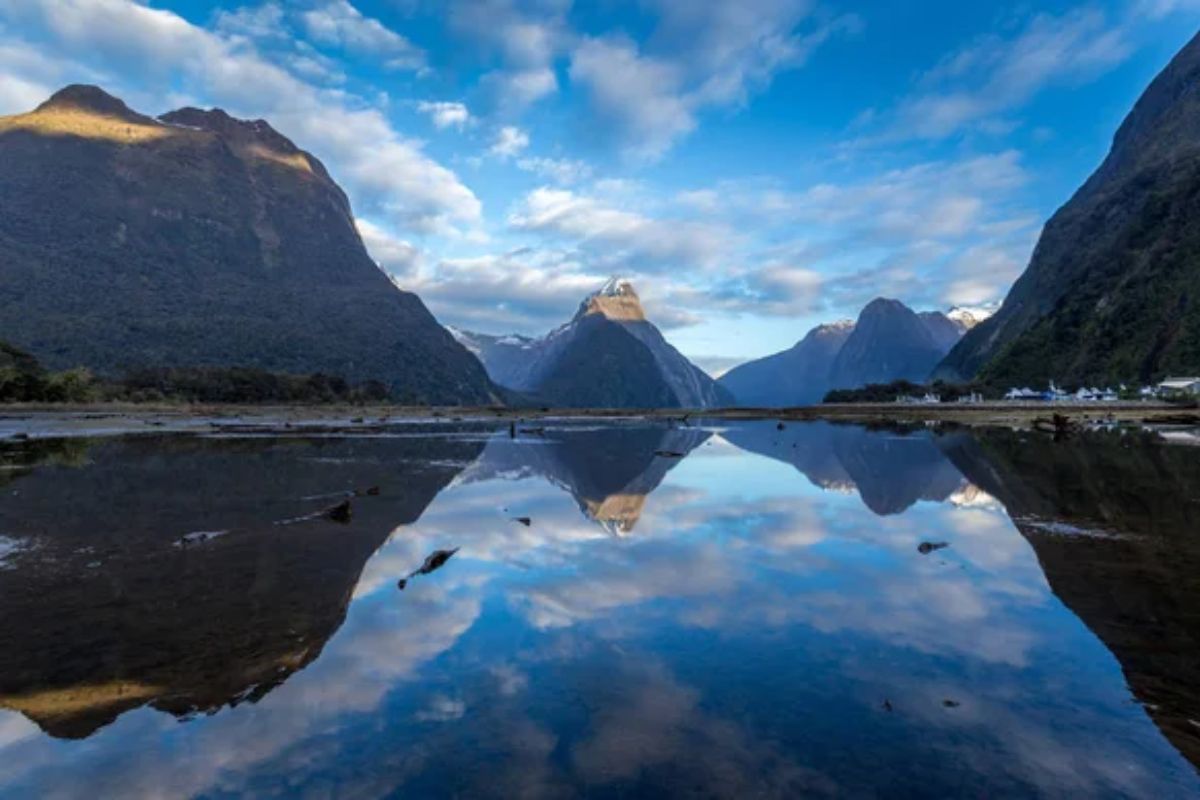
The famous Milford Track creates a four-day immersion in prehistoric landscapes that day-trippers glimpse only briefly from boats or buses. Alpine passes open to valleys of uncommon beauty where waterfalls drop thousands of feet from hanging valleys carved by ancient glaciers.
Weather becomes part of the experience as changing conditions transform the landscape hourly, revealing why early visitors called this region the eighth wonder of the world—a designation fully appreciated only by those who journey slowly through its terrain.
Atlas Mountains, Morocco
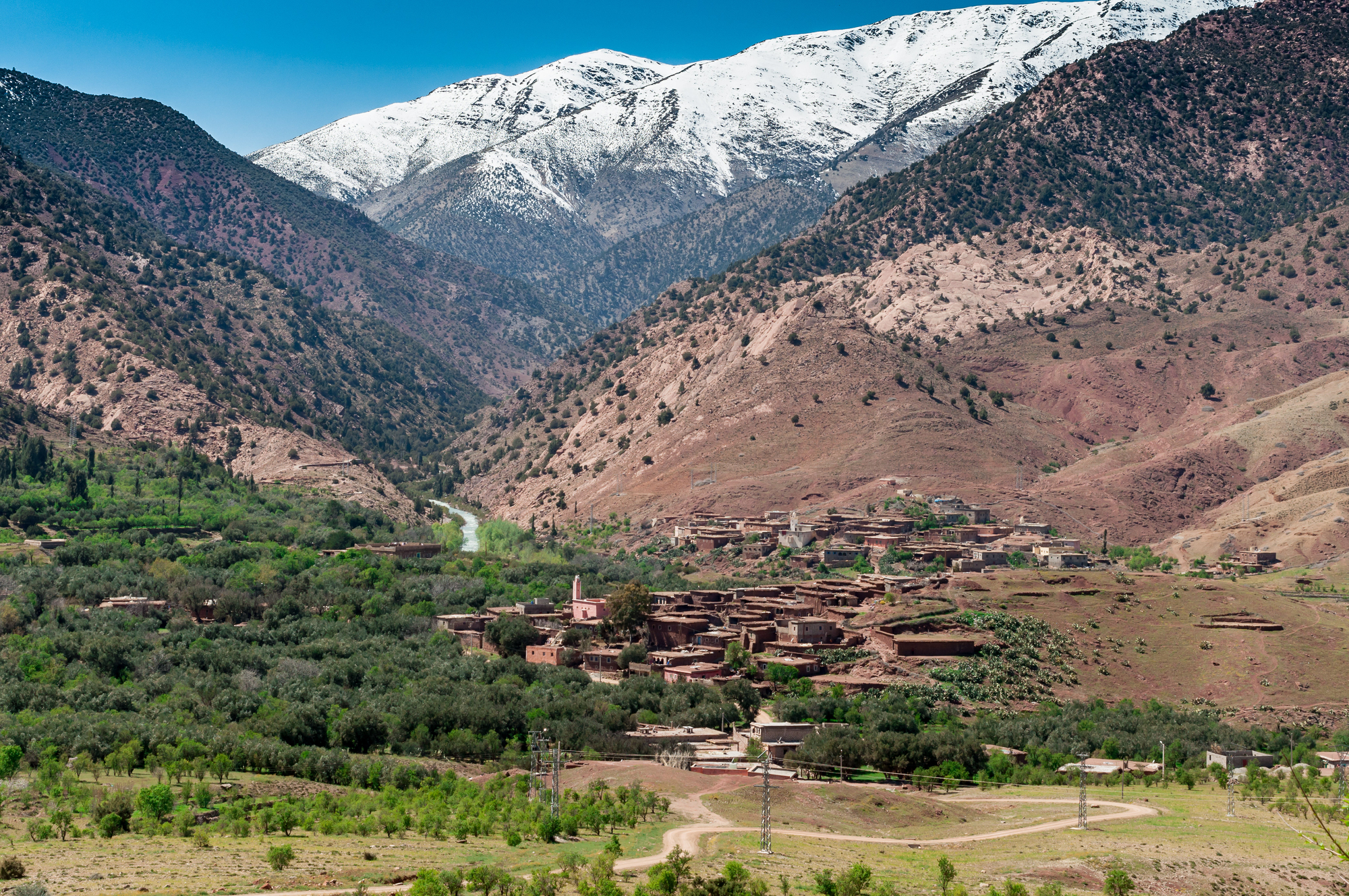
Ancient caravan routes still connect Berber villages, where traditional life continues to be largely unchanged despite its proximity to Marrakech. Multi-day treks reveal dramatic changes in landscape, from lush valleys to high passes where snow lingers even as desert heat shimmers on horizons beyond the mountains.
The journey allows an authentic connection with local communities, where travelers might be invited to share mint tea or a meal in homes decorated with hand-woven textiles that tell family histories through traditional patterns, each unique to a tribe or region.
Bhutan’s Paro Valley
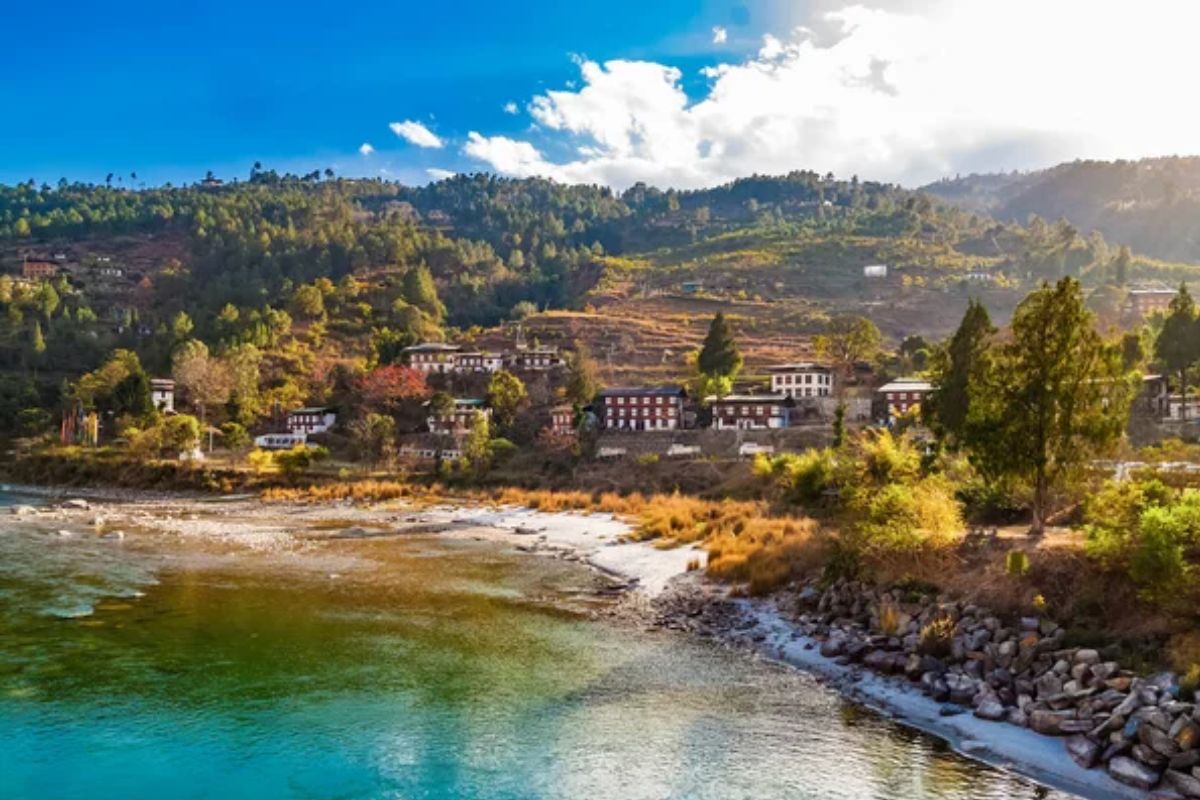
The approach to Tiger’s Nest Monastery transforms from tourist photo opportunity to spiritual pilgrimage for those who trek the full route through pine forests strung with prayer flags. The gradually revealing views of the monastery clinging to the cliff face become a meditation in motion as switchback trails climb nearly 3,000 feet above the valley floor.
Locals carrying offerings pause at prayer wheels while monks occasionally emerge on the same path, creating encounters impossible for those who experience this sacred site only through distant views or photographs.
Like Travel Pug’s content? Follow us on MSN.
Tuscany’s Val d’Orcia

Renaissance-era gravel roads known as strade bianche connect hilltop towns across rolling landscapes that inspired centuries of painters seeking ideal pastoral beauty. Cypress-lined approaches to ancient settlements gradually reveal architectural perfection, allowing appreciation of how buildings were designed to complement natural surroundings rather than dominate them.
The unhurried pace permits the discovery of family wineries, thermal springs, and village festivals representing authentic Tuscan traditions rarely experienced by visitors rushing between major tourist destinations.
Sacred Valley, Peru

Ancient Inca trails beyond the famous Machu Picchu route reveal archaeological sites where visitors rarely outnumber local farmers still working terraces built centuries ago. High-altitude paths between communities allow observation of traditional agricultural practices while providing stunning views of snow-capped peaks sacred to pre-Columbian civilizations.
The journey itself becomes educational as travelers adjust to altitude gradually while learning from local guides about indigenous perspectives on landscapes typically viewed only through colonial historical frameworks.
Norway’s Fjordlands

Passenger ferries connecting coastal communities navigate the same dramatic waterways once traveled by Viking longships between towering cliffs dropping directly into protected waters. The water-level perspective reveals constantly changing light on mountains rising thousands of feet from shorelines where tiny villages appear dwarfed by natural surroundings.
The multi-day maritime journey allows appreciation of changing ecosystems and seasonal variations impossible to comprehend through quick tourism flyovers or single-day cruise ship visits.
Like Travel Pug’s content? Follow us on MSN.
Japan’s Kumano Kodo

Ancient pilgrimage routes through forested mountains connect sacred sites where Shinto and Buddhist traditions blend in uniquely Japanese spiritual practices. Centuries-old stone steps and trail markers guide travelers through terrain where emperors once journeyed to seek divine connections among towering cryptomeria trees and sacred waterfalls.
The experience transcends mere hiking as travelers follow traditions spanning a thousand years, staying in villages where hot springs and traditional accommodations restore body and spirit between days of mindful walking.
Scotland’s Hebrides Islands

Island-hopping ferry routes create marine journeys where weather and wildlife become central characters in the travel experience rather than inconveniences to overcome. Each island reveals distinctive cultures, dialects, and traditions despite their physical proximity, requiring unhurried exploration to appreciate subtle differences.
The deliberate pace allows travelers to adjust to local rhythms where tides, seasons, and weather patterns still dictate daily activities in communities, maintaining traditions that are largely unchanged despite modern influences.
Provence’s Luberon Valley

Country lanes connect stone villages perched on hillsides where markets showcasing seasonal produce have operated continuously since medieval times. The route reveals changing landscapes where lavender fields, olive groves, and vineyards create the palette that inspired Impressionist painters seeking perfect Mediterranean light.
The meandering approach allows the discovery of family restaurants, artisan workshops, and agricultural traditions that have been maintained for generations in a region where quality of life depends on preserving connections to the land.
Like Travel Pug’s content? Follow us on MSN.
Australia’s Kimberley Coast
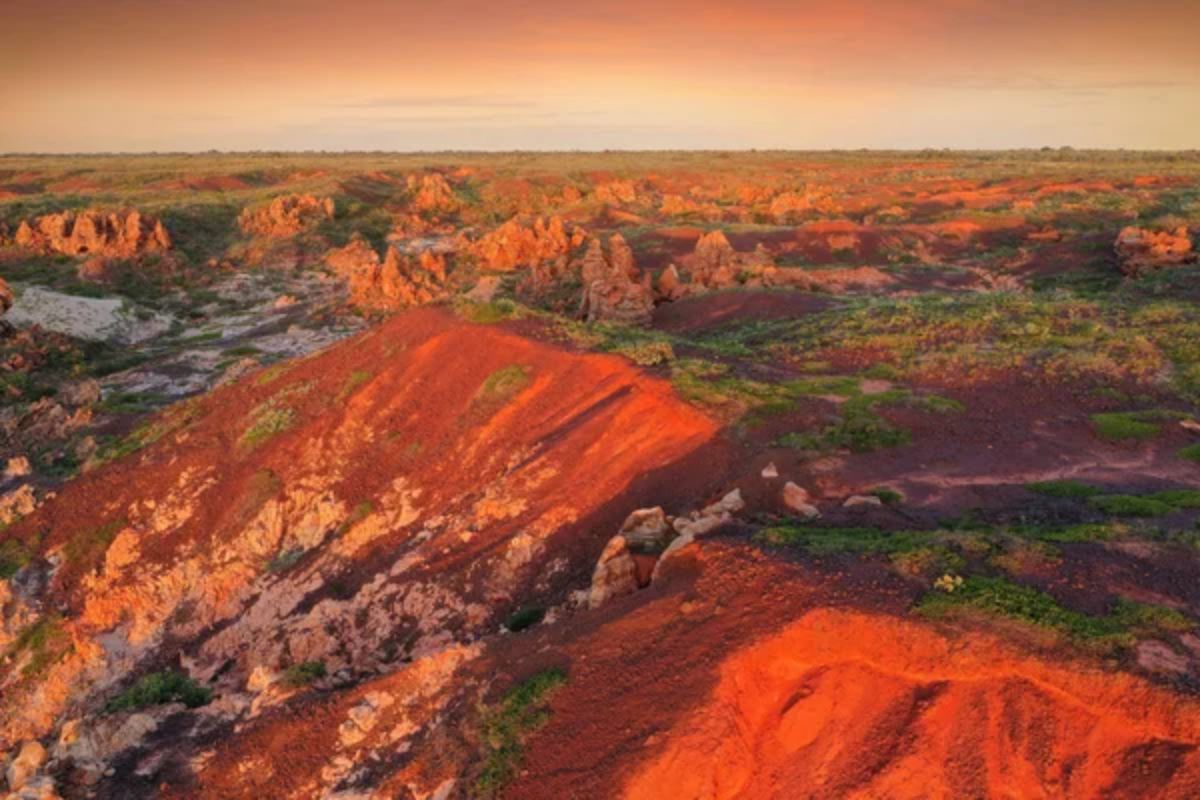
Tidal rivers and ancient gorges create natural highways through one of Earth’s oldest landscapes, accessible only by small boats navigating with local knowledge of dangerous currents. Aboriginal rock art galleries dating back 40,000 years appear on cliff walls visible only from water routes once used by the artists themselves.
The journey requires patience and respect for natural forces in a region where tides can vary 30 feet, creating dramatically different landscapes within hours and demanding that travelers adapt to nature’s schedule rather than imposing their own.
Chilean Patagonia
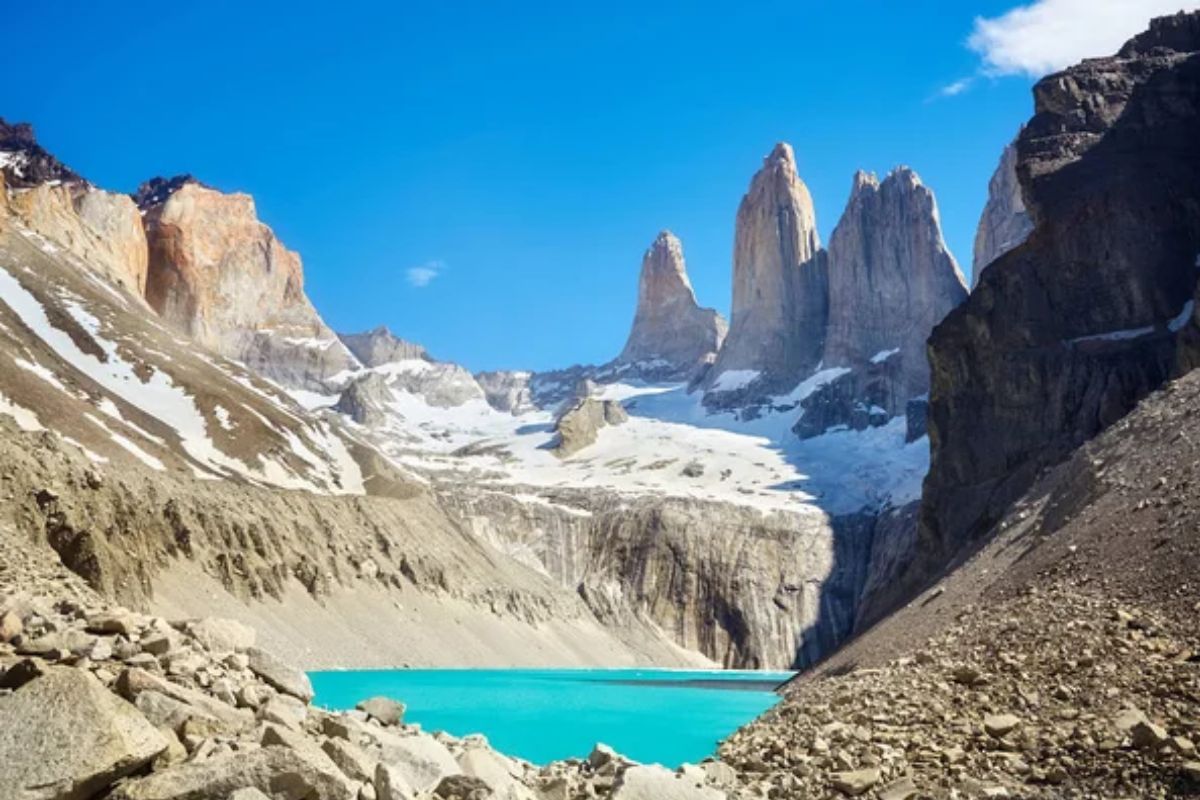
Former sheep ranch trails now connect national parks, protecting some of South America’s most dramatic landscapes from glaciers to grasslands, supporting comeback populations of native wildlife. The overland approach reveals ecological transitions impossible to comprehend through isolated viewpoints or quick visits to famous landmarks.
The challenging conditions create natural bonds between travelers sharing the experience while learning about conservation efforts restoring ecosystems damaged by a century of extractive industries and non-native species introduction.
Ireland’s Wild Atlantic Way

Coastal roads following ancient paths connect fishing villages where Gaelic remains the primary language, and traditional music sessions happen spontaneously in pubs serving as community living rooms. The route reveals how communities adapted to harsh maritime conditions, building stone walls protecting fields reclaimed from rocky terrain through generations of labor.
The deliberately slow journey allows for an appreciation of the changing light on landscapes, where Celtic mythology still explains natural features and local storytellers share histories not found in standard guidebooks.
Like Travel Pug’s content? Follow us on MSN.
China’s Yunnan Province

Tea horse roads, once connecting Tibet with southern trading centers, now offer trekking routes through villages where distinct ethnic minority cultures maintain traditional architecture, dress, and agricultural practices. Mountain passes reveal dramatic transitions between ecosystems, supporting incredible biodiversity in landscapes ranging from tropical valleys to Himalayan foothills.
The journey crosses cultural boundaries where language, cuisine, and building styles change dramatically over short distances, creating an immersive experience in diversity impossible to appreciate through faster travel modes.
Madagascar’s Baobab Country
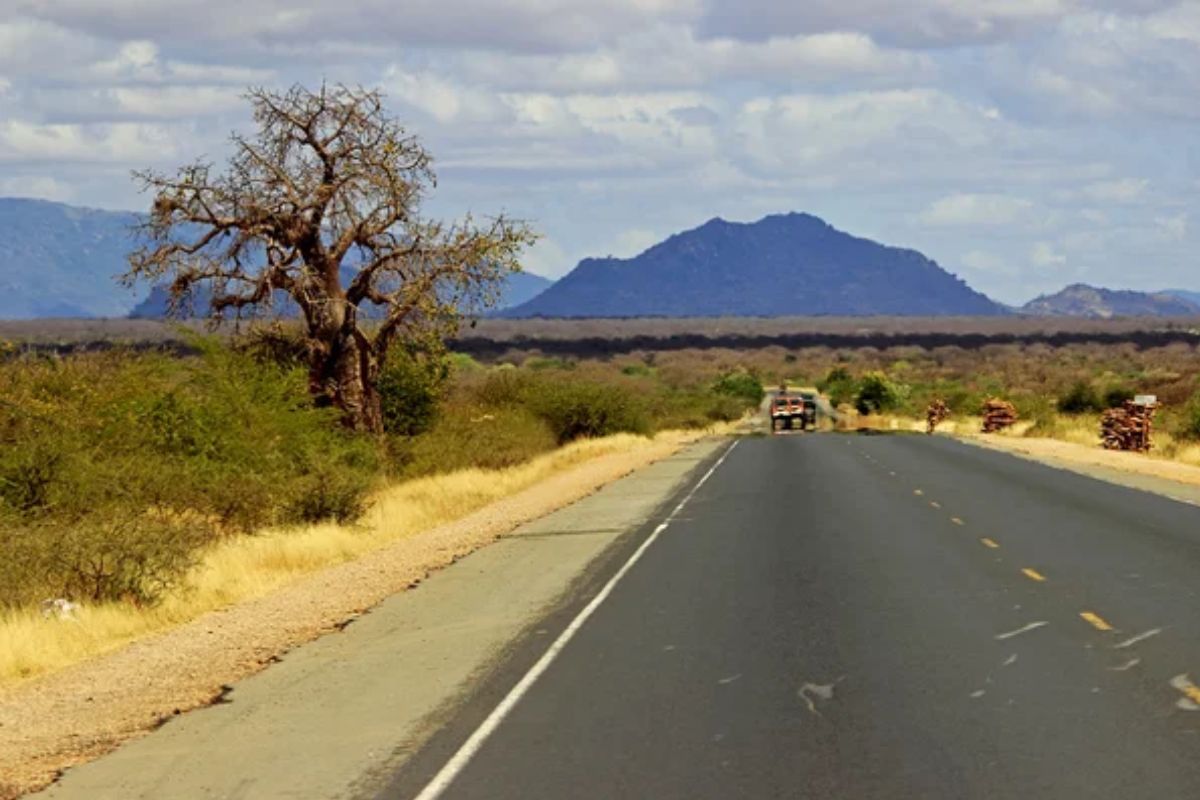
Unpaved roads connecting remote villages reveal landscapes found nowhere else on Earth due to evolutionary isolation that created unique ecosystems with 90% endemic species. Giant baobabs create surreal forests where lemurs represent just one branch of primate evolution that followed a separate path from mainland African species.
The challenging journey becomes part of the experience as travelers adapt to local transportation rhythms where vehicle sharing, river crossings, and community connections matter more than schedules or comfort expectations.
Turkey’s Lycian Way
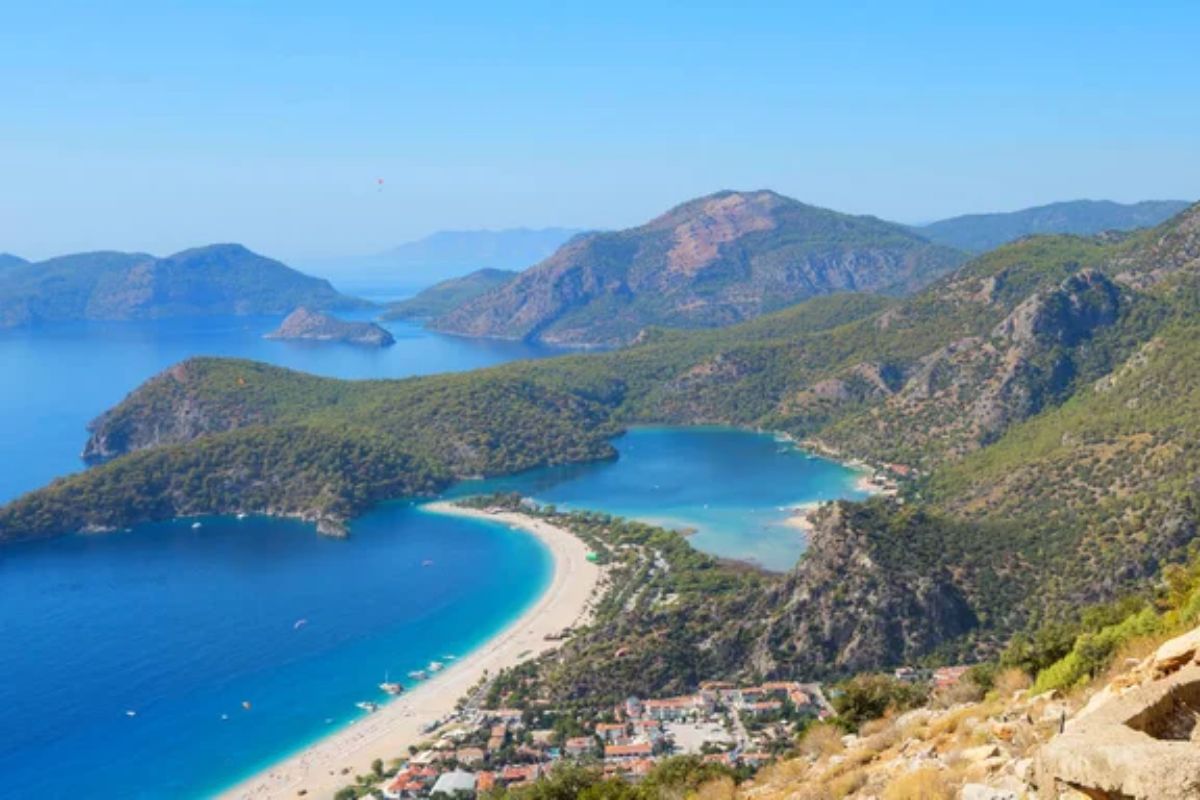
Ancient footpaths connecting trading ports along the Mediterranean coast reveal ruins gradually reclaimed by nature, accessible only to those traveling at a human pace. Byzantine churches built into cliffside caves appear alongside Lycian tombs carved into rock faces above paths where traders once carried goods between civilizations that shaped Western history.
The coastal route provides daily opportunities to cool off in the same waters where ancient mariners navigated, creating a physical connection to historical trade routes that once connected continents.
Like Travel Pug’s content? Follow us on MSN.
Vietnam’s Ha Giang Loop
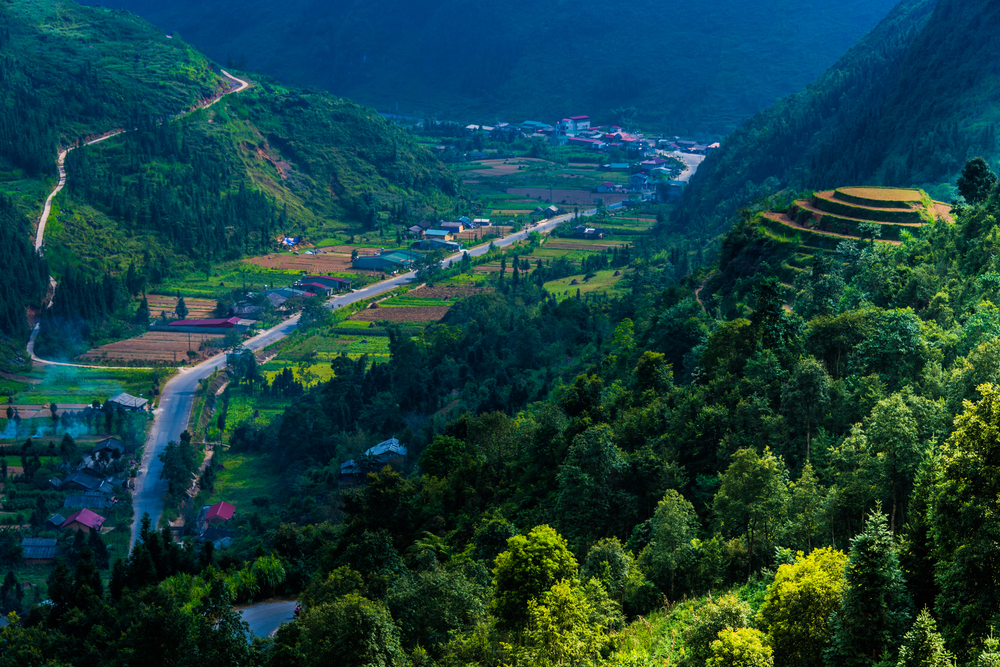
Mountain roads tracing the Chinese border reveal limestone karst landscapes where distinct ethnic minority groups maintain traditional farming practices on impossibly steep terraced fields. Markets rotate between villages on five-day cycles, unchanged for centuries, allowing travelers following the complete route to experience different community gatherings. The challenging road conditions become part of the adventure as bridges cross mist-filled valleys between peaks where isolation has preserved cultural practices disappearing elsewhere in rapidly developing Southeast Asia.
Idaho’s Salmon River Backcountry
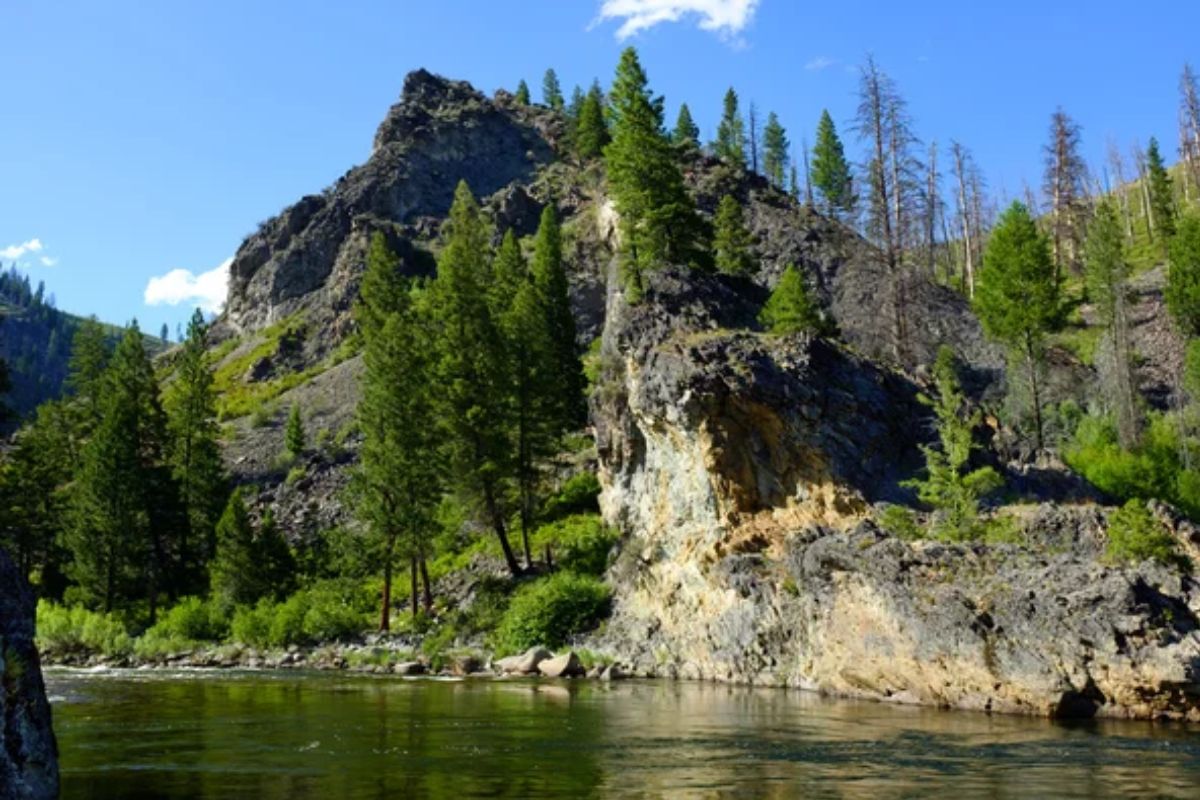
Multi-day rafting journeys through the River of No Return Wilderness access landscapes unchanged since Lewis and Clark’s expedition sought water routes across the continent. Deep canyons reveal geological history spanning billions of years while hot springs emerge alongside river beaches, creating natural spa experiences between rapids. The journey requires surrendering to river time, where weather, water levels, and wildlife encounters shape each day’s experience in wilderness so remote that some ranches within the canyon remain accessible only by boat or small aircraft.
The Camino de Santiago, Spain
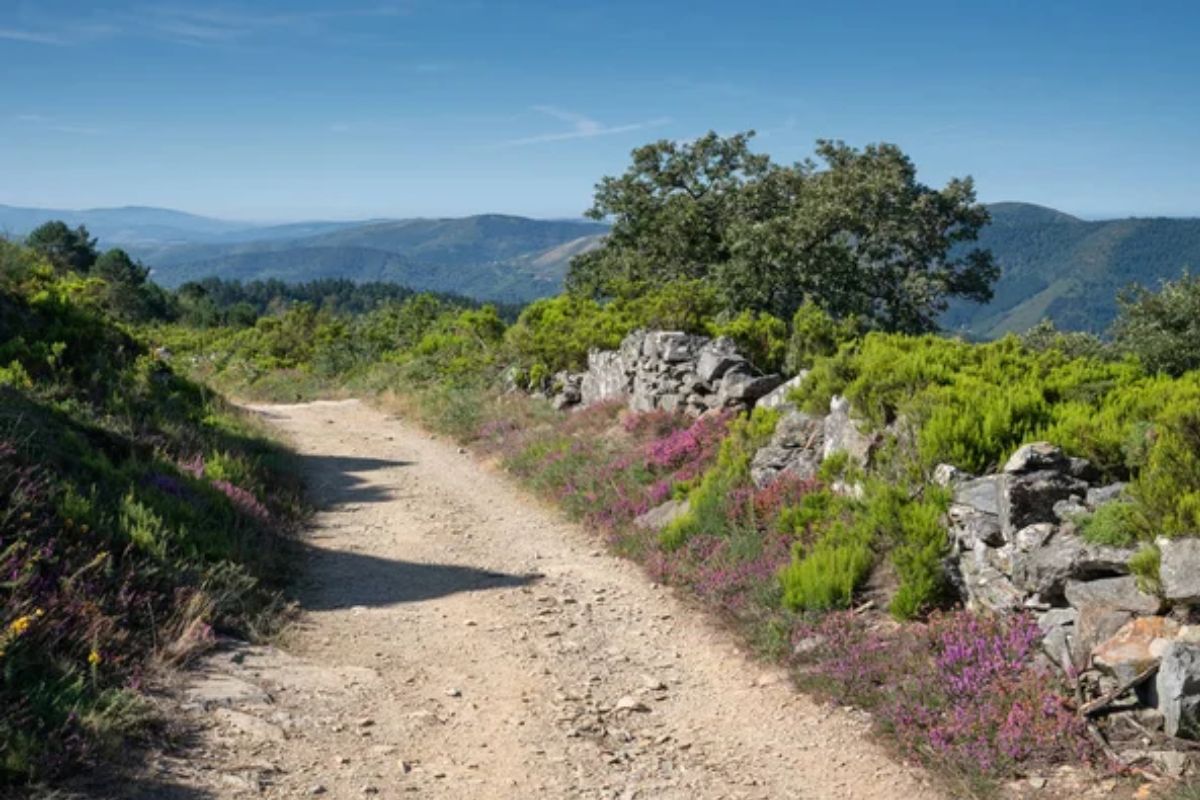
Ancient pilgrimage routes crossing northern Spain create walking journeys where centuries of travelers have literally worn paths into the landscape while establishing traditions of hospitality along the way. Village churches display architectural evolution from Romanesque to Gothic as the route progresses westward toward the Atlantic coast, where pre-Christian traditions merged with Catholic practices.
The physical challenge becomes spiritual practice regardless of religious background as travelers experience landscapes at a human pace while forming temporary communities with fellow pilgrims from around the world.
Like Travel Pug’s content? Follow us on MSN.
The Reward of Presence

These destinations remind us that certain places reveal their essence only to those who approach them with patience and presence. The scenic route offers not just superior views but also a deeper understanding of landscapes, cultures, and natural systems impossible to grasp through expedited travel.
The rewards come in unexpected encounters, physical engagement with terrain, and the rare opportunity to experience famous destinations through fresh perspectives unspoiled by overexposure. When choosing the slower path, travelers often discover that the journey itself becomes the most treasured memory rather than merely the means to reach a destination.
More from Travel Pug

- Cities Growing so Fast You Won’t Recognize Them in 10 Years
- 13 Destinations Where Tourists Regularly Regret Their Trip
- 20 Obscure WWII Sites Even History Buffs Don’t Know About
- 10 Under-the-Radar Mountain Towns That Are Both Affordable and Beautiful
- Remote Villages in Europe Where You Can Live for Free in Exchange for Work
Like Travel Pug’s content? Follow us on MSN.
